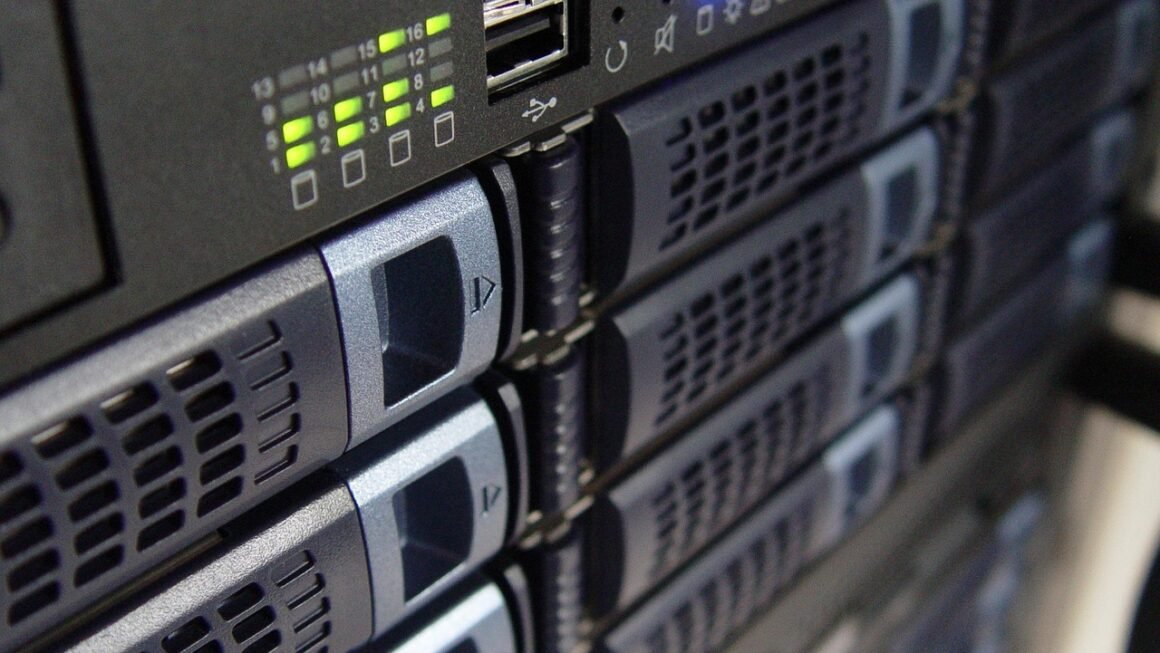Smart Cities: The Future of Urban Living
In a world where technology is rapidly transforming every aspect of our lives, the rise of smart cities is redefining the way we live and interact with our surroundings. Smart cities leverage technology to optimize urban infrastructure, improve sustainability, and enhance the quality of life for citizens.
What Are Smart Cities?
Smart cities are urban areas that use a combination of sensors, interconnected devices, and data analysis to improve efficiency, manage resources, and foster innovation. They aim to address urban challenges such as traffic congestion, energy consumption, pollution, and public safety.
Key Features of Smart Cities
1. Intelligent Infrastructure
- Smart Transportation: Real-time traffic monitoring, adaptive traffic signals, and public transport optimization.
- Smart Buildings: Energy-efficient lighting, automated HVAC systems, and intelligent energy management.
- Smart Grids: Optimized power distribution, renewable energy integration, and predictive maintenance.
2. Data-Driven Insights
- Data Analytics: Collecting and analyzing data from sensors and devices to identify trends, patterns, and opportunities for improvement.
- Decision Support Systems: Providing insights and recommendations to city officials and policymakers.
- Citizen Engagement: Enabling residents to participate in decision-making through open data platforms and feedback mechanisms.
3. Enhanced Sustainability
- Waste Management: Optimized waste collection routes, smart recycling programs, and waste-to-energy initiatives.
- Water Conservation: Leak detection systems, intelligent irrigation, and rainwater harvesting.
- Air Quality Monitoring: Real-time air pollution monitoring, traffic management systems, and green initiatives.
4. Security and Safety
- Surveillance and Monitoring: Enhanced public safety through integrated surveillance systems and predictive analytics.
- Disaster Management: Early warning systems, disaster response coordination, and evacuation planning.
- Cybersecurity: Protecting city infrastructure and services from cyber threats.
5. Citizen-Centric Services
- Healthcare: Remote patient monitoring, e-prescriptions, and telemedicine services.
- Education: Smart classrooms, online learning platforms, and personalized teaching tools.
- Public Services: Digital public services, mobile applications for reporting issues, and online citizen engagement platforms.
Conclusion
Smart cities represent a transformative approach to urban planning and development. They harness the power of technology to create sustainable, efficient, and citizen-centric living environments. As smart city initiatives continue to evolve, they hold the potential to revolutionize the way we live, work, and interact with our cities for the betterment of future generations.



